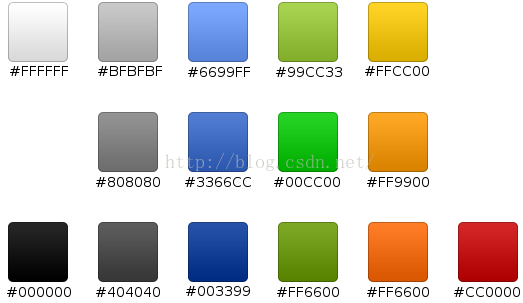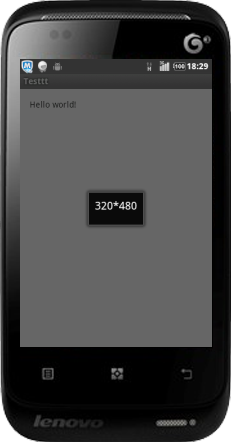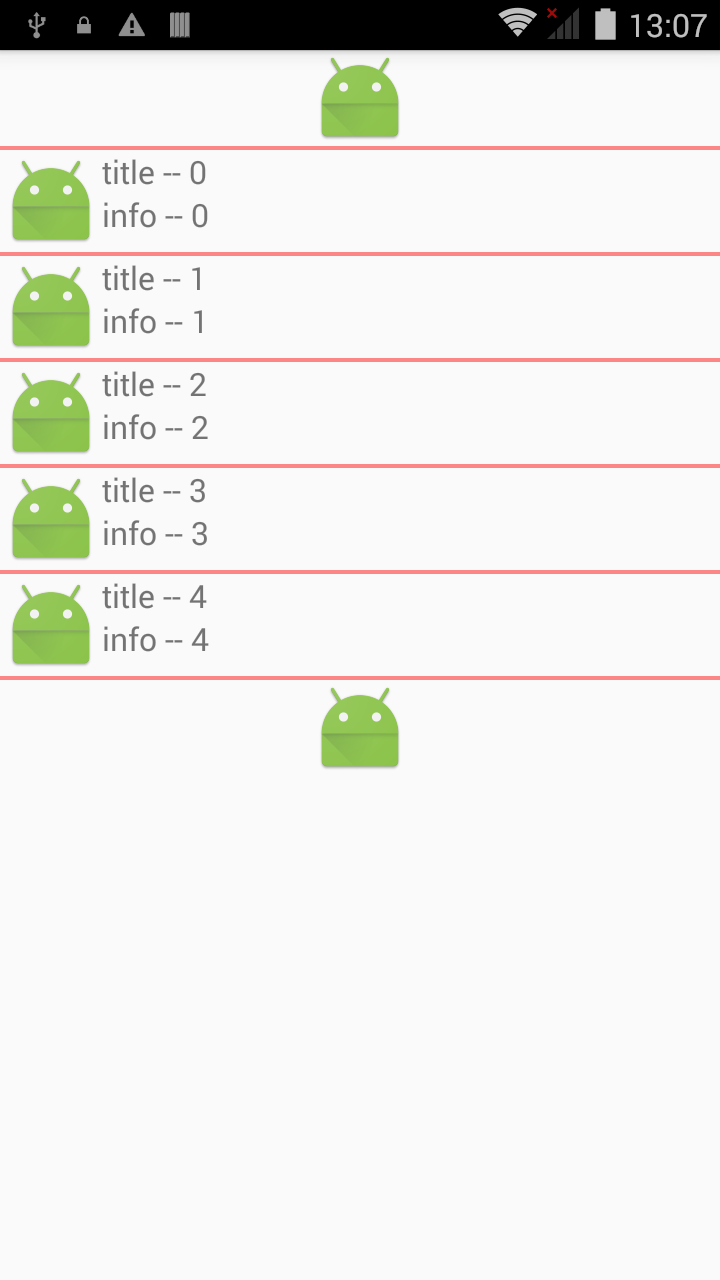編輯:關於Android編程
本節講運行在後台服務裡的工作請求,如何向發送請求者報告狀態。推薦用LocalBroadcastManager發送和接收狀態,它限制了只有本app才能接收到廣播。
從IntentService匯報狀態
從IntentService發送工作請求狀態給其他組件,先創建一個包含狀態和數據的Intent。也可以添加action和URI到intent裡。
下一步,調用 LocalBroadcastManager.sendBroadcast()發送Intent,應用中所有注冊了接收該廣播的接收器都能收到。LocalBroadcastManager.getInstance()獲取LocalBroadcastManager實例。
復制代碼 代碼如下:
public final class Constants {
...
// Defines a custom Intent action
public static final String BROADCAST_ACTION =
"com.example.android.threadsample.BROADCAST";
...
// Defines the key for the status "extra" in an Intent
public static final String EXTENDED_DATA_STATUS =
"com.example.android.threadsample.STATUS";
...
}
public class RSSPullService extends IntentService {
...
/*
* Creates a new Intent containing a Uri object
* BROADCAST_ACTION is a custom Intent action
*/
Intent localIntent =
new Intent(Constants.BROADCAST_ACTION)
// Puts the status into the Intent
.putExtra(Constants.EXTENDED_DATA_STATUS, status);
// Broadcasts the Intent to receivers in this app.
LocalBroadcastManager.getInstance(this).sendBroadcast(localIntent);
...
}
下一步是接收廣播並處理。
接收來自IntentService的廣播
接收方式與普通的Broadcast一樣,用一個BroadcastReceiver的子類,實現BroadcastReceiver.onReceive()方法
復制代碼 代碼如下:
// Broadcast receiver for receiving status updates from the IntentService
private class ResponseReceiver extends BroadcastReceiver
{
// Prevents instantiation
private DownloadStateReceiver() {
}
// Called when the BroadcastReceiver gets an Intent it's registered to receive
@
public void onReceive(Context context, Intent intent) {
...
/*
* Handle Intents here.
*/
...
}
}
定義好了接收器類以後,定義過濾器,匹配指定的action,categorie,data.
復制代碼 代碼如下:
// Class that displays photos
public class DisplayActivity extends FragmentActivity {
...
public void onCreate(Bundle stateBundle) {
...
super.onCreate(stateBundle);
...
// The filter's action is BROADCAST_ACTION
IntentFilter mStatusIntentFilter = new IntentFilter(
Constants.BROADCAST_ACTION);
// Adds a data filter for the HTTP scheme
mStatusIntentFilter.addDataScheme("http");
...
注冊方式稍有不同,用LocalBroadcastManager.registerReceiver()。
復制代碼 代碼如下:
// Instantiates a new DownloadStateReceiver
DownloadStateReceiver mDownloadStateReceiver =
new DownloadStateReceiver();
// Registers the DownloadStateReceiver and its intent filters
LocalBroadcastManager.getInstance(this).registerReceiver(
mDownloadStateReceiver,
mStatusIntentFilter);
...
單個BroadcastReceiver可以處理多種類型的廣播,這個特性允許你根據不同的action運行不同的代碼,而無需為每個action定義一個BroadcastReceiver。
復制代碼 代碼如下:
/*
* Instantiates a new action filter.
* No data filter is needed.
*/
statusIntentFilter = new IntentFilter(Constants.ACTION_ZOOM_IMAGE);
...
// Registers the receiver with the new filter
LocalBroadcastManager.getInstance(getActivity()).registerReceiver(
mDownloadStateReceiver,
mIntentFilter);
發送廣播並不會啟動或恢復Activity.BroadcastReceiver讓Activity能夠接收處理數據,包括應用在後台的時候,但不會強制app回到前台。如果你要在app在後台,對用戶不可見時,通知用戶一個事件發生,用Notification。絕對不要啟動一個Activity來響應廣播。
 局部加權回歸、欠擬合、過擬合 - Andrew Ng機器學習公開課筆記1.3
局部加權回歸、欠擬合、過擬合 - Andrew Ng機器學習公開課筆記1.3
本文主要講解局部加權(線性)回歸。在講解局部加權線性回歸之前,先講解兩個概念:欠擬合、過擬合,由此引出局部加權線性回歸算法。 欠擬合、過擬合如下圖中三個擬合模型
 Android進階(二十四)Android UI---界面開發推薦顏色
Android進階(二十四)Android UI---界面開發推薦顏色
在Android開發過程中,總要給app添加一些背景,個人認為使用純色調便可以達到優雅的視覺效果。補充一些常用的顏色值:colors.xml #ffffff #f
 Android獲取屏幕尺寸大小代碼實例
Android獲取屏幕尺寸大小代碼實例
@Override protected void onCreate(Bundle savedInstanceState) { super.onCreate(savedIn
 Android UI:ListView - SimpleAdapter實例詳解
Android UI:ListView - SimpleAdapter實例詳解
Android UI:ListView -- SimpleAdapterSimpleAdapter是擴展性最好的適配器,可以定義各種你想要的布局,而且使用很方便。layo